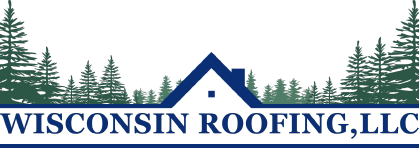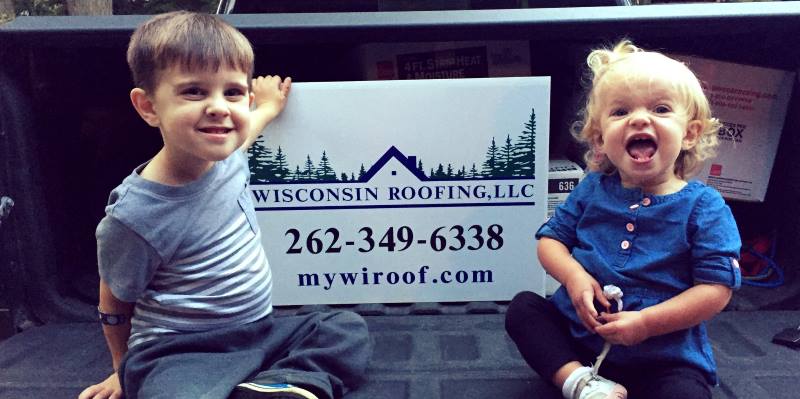Complete Guide to Commercial Roofing
What is Commercial Roofing?
Commercial roofing covers the installation, maintenance, and repair of roofing systems for businesses, warehouses, and industrial buildings. These roofs are typically flat or low-slope and require specialized materials for durability and energy efficiency.
Types of Commercial Roofing Materials
Choosing the right material is essential for longevity and protection. Popular options include:
- EPDM Roofing – A durable, rubber-based material with excellent weather resistance.
- TPO Roofing – Energy-efficient and heat-reflective, ideal for reducing cooling costs.
- Metal Roofing – Long-lasting and fire-resistant, often used for industrial buildings.
- Built-Up Roofing (BUR) – Multiple layers of asphalt and felt, providing strong waterproofing.
- Silicone Roof Coatings – Extends roof life by adding a waterproof and UV-resistant layer.
Key Commercial Roofing Services
Proper maintenance and timely repairs prevent costly replacements. Common services include:
- Roof Inspections & Evaluations – Identifying issues before they lead to major damage.
- Roof Repairs – Fixing leaks, cracks, and damaged membranes.
- Roof Replacement – Removing old materials and installing a new roofing system.
- Preventative Maintenance – Routine inspections and minor fixes to extend lifespan.
- Coating Applications – Applying protective layers to improve durability.
Factors to Consider When Choosing a Commercial Roofing System
Selecting the right roof depends on various factors:
- Building Type & Size – Large, flat roofs require different solutions than smaller, sloped ones.
- Climate & Weather Resistance – Consider wind, rain, and UV exposure.
- Energy Efficiency – Reflective materials reduce heat absorption and lower energy costs.
- Budget & Longevity – Balancing upfront costs with long-term durability.
- Maintenance Needs – Some materials require more upkeep than others.
Common Commercial Roofing Issues & Solutions
Avoiding damage starts with early detection. Key issues include:
- Leaks & Water Damage – Caused by punctures or poor drainage. Solution: Routine inspections and waterproof coatings.
- Membrane Shrinkage – Affects single-ply systems like EPDM. Solution: Proper installation and maintenance.
- Ponding Water – Leads to structural issues over time. Solution: Improve drainage and add sloped insulation.
- Blistering & Cracking – Occurs due to temperature fluctuations. Solution: Use flexible materials and coatings.
How to Choose a Commercial Roofing Contractor
Finding the right professional ensures quality workmanship and long-term results.
- Licensed & Insured – Verify credentials to avoid liabilities.
- Experience with Commercial Roofing – Specialists understand large-scale requirements.
- References & Reviews – Look for proven success and customer satisfaction.
- Warranty & Guarantees – Ensure protection for materials and labor.
- Comprehensive Services – Choose a contractor that offers inspections, repairs, and maintenance.
Key Takeaways
- Commercial roofing systems are designed for durability, energy efficiency, and weather resistance.
- Popular materials include EPDM, TPO, metal, BUR, and silicone coatings.
- Preventative maintenance reduces costs and extends roof lifespan.
- Choosing the right contractor is crucial for long-term performance.
- Regular inspections and prompt repairs prevent major roofing failures.
For expert commercial roofing solutions, contact Wisconsin Roofing, LLC today.



